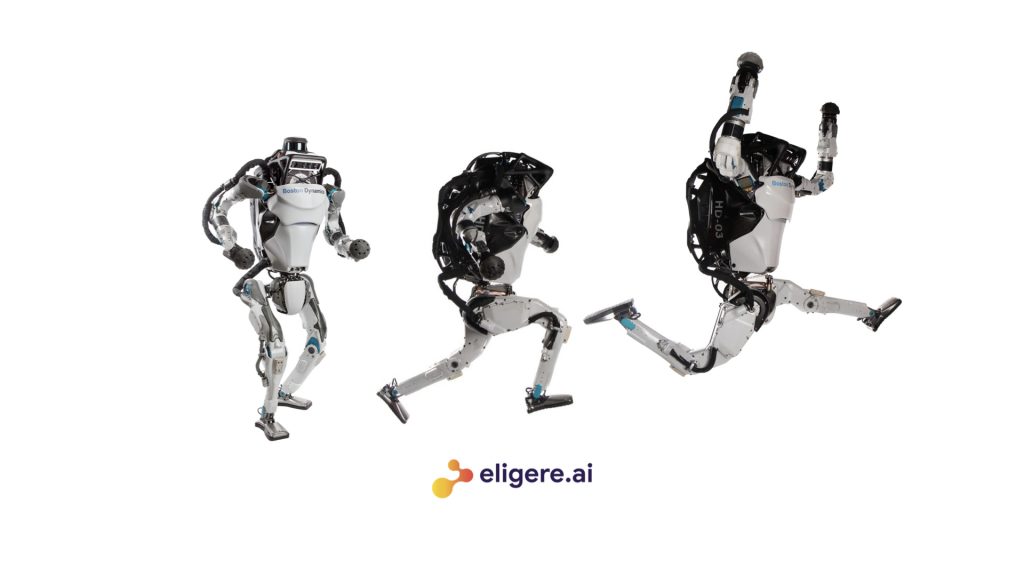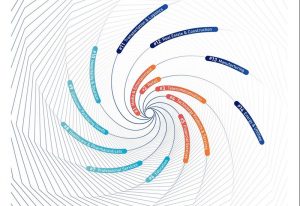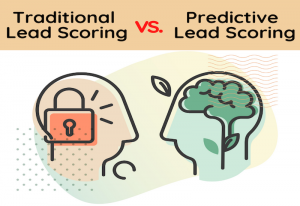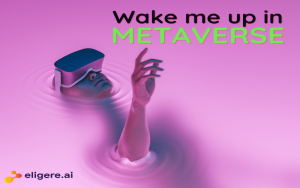This is the second post of the series of blogs that will take you on a journey of Artificial Intelligence. In this post, we have listed a few of the applications of AI that has a brought a revolution in their respective domains.
Read what AI is all about in our first post here.
“Artificial Intelligence would be the ultimate version of Google. It would understand exactly what you wanted, and it would give you the right thing.”
Artificial Intelligence has been part of our Science Fiction culture since the 20th century. We have been exposed to lots of applications in many of the books and movies out there. However, we will be discussing a few of the applications that are out there right now.
We would like to show you the basic principle of how the AI applications work before we take you out to see the different applications. AI like all machines or applications gets an input, processes it and then gives you the output. But AI has a mysterious hidden layer that actually gets the work done.
AI’s Mystery Layer
You might be intrigued by the heading. Don’t Be. It is not a trade secret that I am going to tell you. AI, like all technologies, is provided with some input that is processed, and then a favourable output is churned out. The output might not be the right one on the first go.
As we discussed in our earlier blog, the concept of self-learning is what Artificial Intelligence is all about. AI will keep working on the input it is provided with, adding the new sets of data it gets, and then churns out better output after each iteration. This self-learning part of the AI is actually the work of the mystery layer of Neural Networks that goes through the concept of self-learning by trial and error the same way little babies do.
We can explain the Hidden Neural Layer concept using some of the following applications.
Image Recognition
Image recognition is a major AI application that has helped to solve many real-life problems. We can try explaining how this works by taking the example of identifying a turtle.
The Process
We will be supplying different images of the turtle as input to the AI image recognition application as a training set to help it recognize a turtle in a real-life scenario. For instance, we provided the following set of images of turtles as a training set.
INPUT:

Our Image Recognition AI application will go through each image and break it down into pixels. before running it through the Hidden Neural Network Layer, which has its different sub-layers.
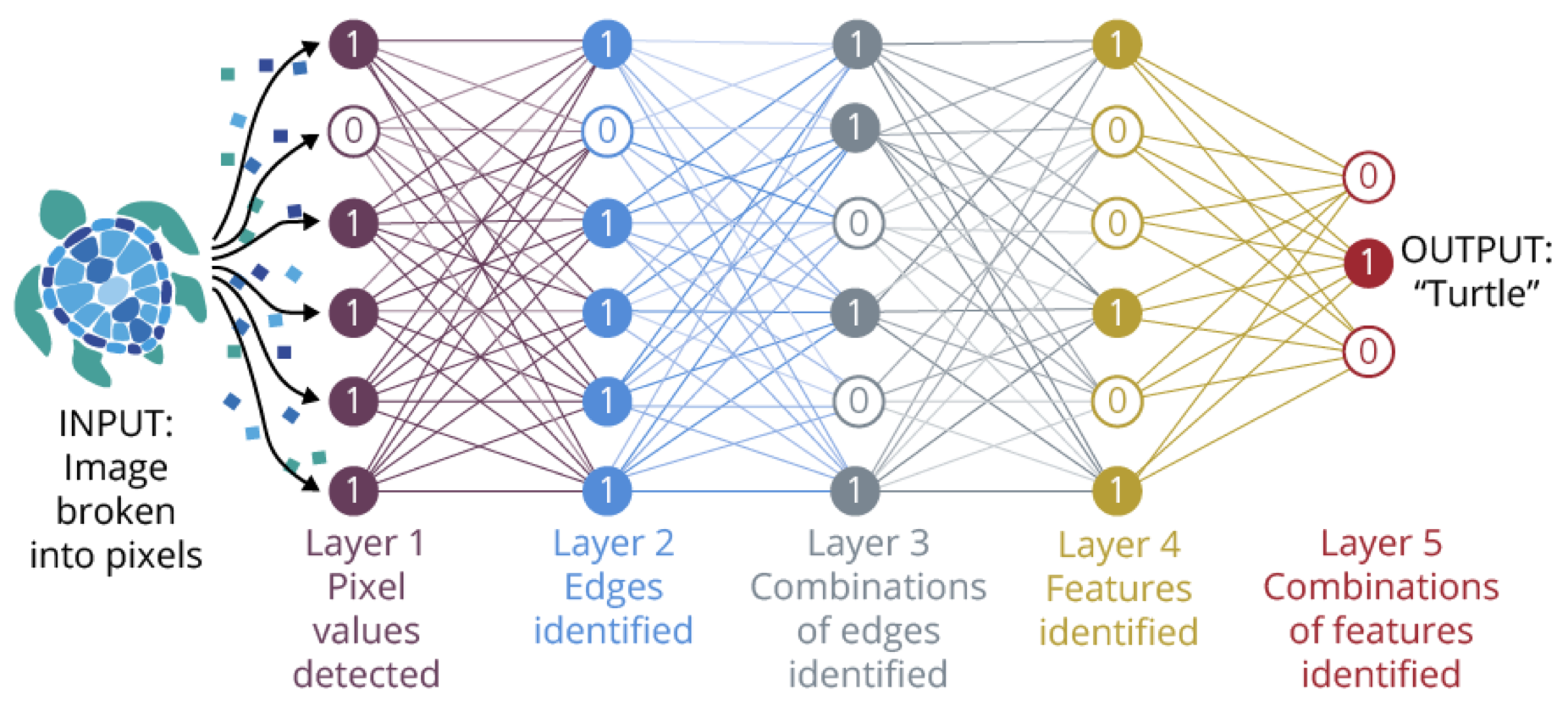
The first layer will detect the pixel values, passing them on to the second layer where the edges are spotted and then the different combinations of edges are identified in the third layer. Once they cross the three layers, the AI will start to analyze and identify the different features in the fourth layer and finally, the different combinations of features are noted to identify the output, the ‘Turtle’.
OUTPUT:

Face Recognition
AI takes the same principle of image recognition and uses it to identify and verify a person using his/her facial features from an image or video from a database.
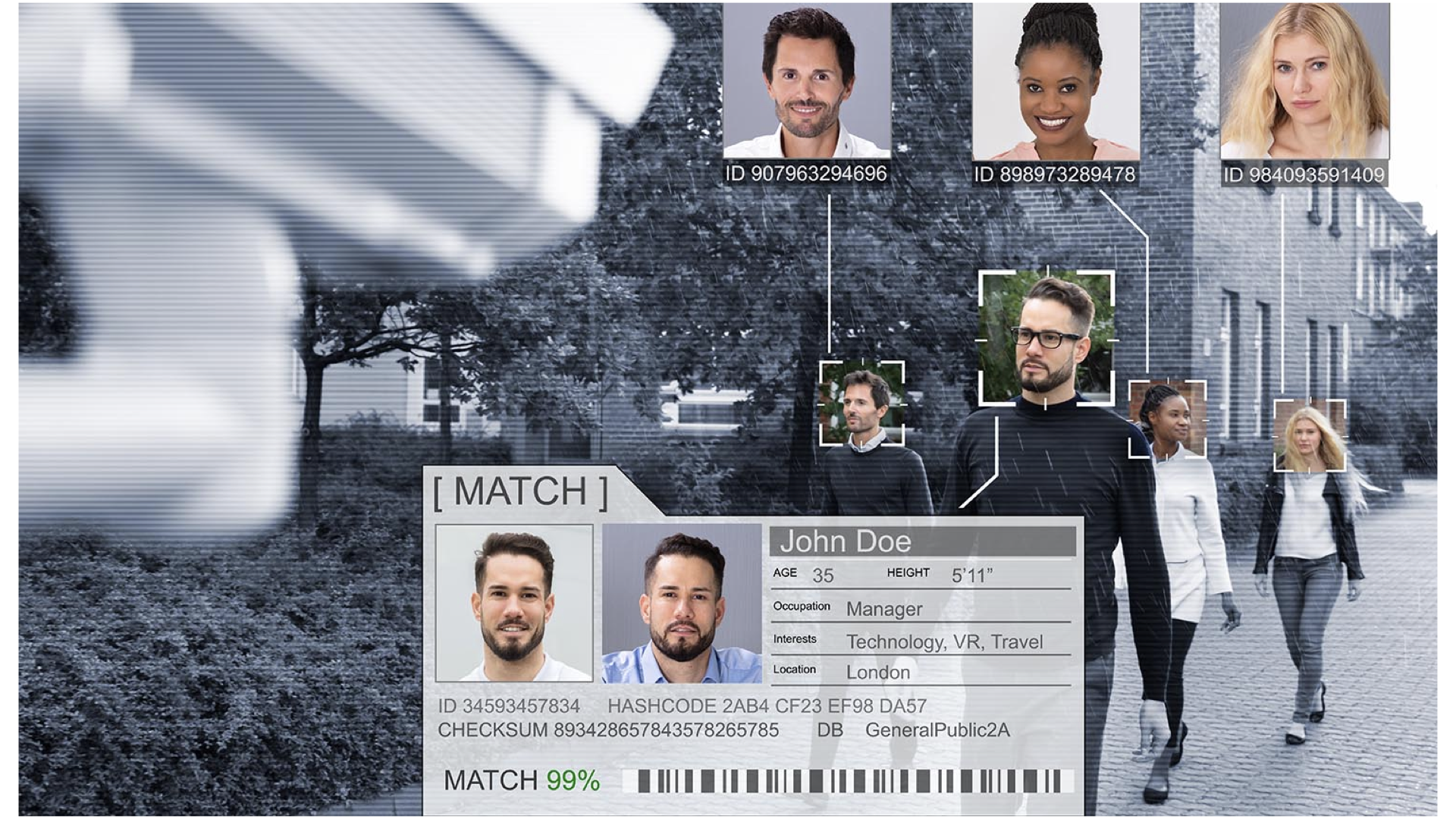
Robotics
AI has been involved in Robotics for quite some time now. It started off by creating robots that can help complete tasks in industries with minimal human interaction. As time progressed, these robots have been trained to be autonomous and making them do tasks with no human interaction.
Have you heard about Boston Dynamics the robotics design company? Their main focus is on creating robots with advanced mobility, dexterity, and intelligence. Their lineup of robot platforms is a list of amazing feats of engineering. You can see their robot Atlas learned the ropes while on its way to being autonomous.
Automotive
Elon Musk’s Tesla has always been in the news for quite some time now. It is the perfect example of how Artificial Intelligence has been used effectively in the automotive industry.
Tesla’s self-driving cars stormed the automotive world and are pioneers in the driverless auto sector. The main reason for their success would be their ability to predict crashes before they occur and then prevent them. It sounds kinda doing the job of Tom Cruise of preventing crimes before they occur in Spielberg’s ‘The Minority Report’. If you don’t believe us, check out the video where you can see how Tesla predicts crashes and avoids them.
Consumer Whisperer
Artificial Intelligence has crossed over to the eCommerce as well as the entertainment industry with the Recommendation Engine, an intelligent advisor that will recommend what you need to buy or watch. You might have wondered how eCommerce platforms like Amazon actually predict or rather recommends what to buy and they are usually right most of the time. The RE has also been a great ally for the OTTs like Netflix and co. with its ability to predict what a viewer wants to watch next based on his/her previous watch history, what people with similar interests watched, or even what’s trending.
It works on the principle of a data filtering tool that uses AI/ML to find patterns in consumer behaviour data and then recommend the most relevant item to buy or the right show/movie to watch.

Predictive Shipping
Predictive Shipping is the latest development to hit the logistics and the eCommerce domains. As the name suggests, eCommerce companies can ship products to a specific area to anticipate orders from consumers based on their previous buying history. This actually cuts the waiting period for a product once it’s ordered and reduces shipping as well as storage costs.
Amazon patented this technology as ‘Anticipatory Shipping’. They will actually box and ship products to customer location warehouses and wait for them to order. It might sound stupid for some but it is really effective since it uses AI’s predictive analysis to predict what the customer of a specific area would need and when. It has allowed Amazon to expand its loyal customer base exponentially.

Finance
Artificial Intelligence has proved a game changer in the Finance domain too with its implementation in Black Box High Frequency Trades. This concept uses AI based on timing, price, quantity, or any mathematical model to place trades. The Black Box HFTs can generate profits at a speed and frequency that is considered impossible for a human trader.
Black Box HFTs also known as Algo-Traders can make more than 10k trades every second and arbitrage $0.0001 cents per trade, making nearly a dollar per minute and $3600 every hour.
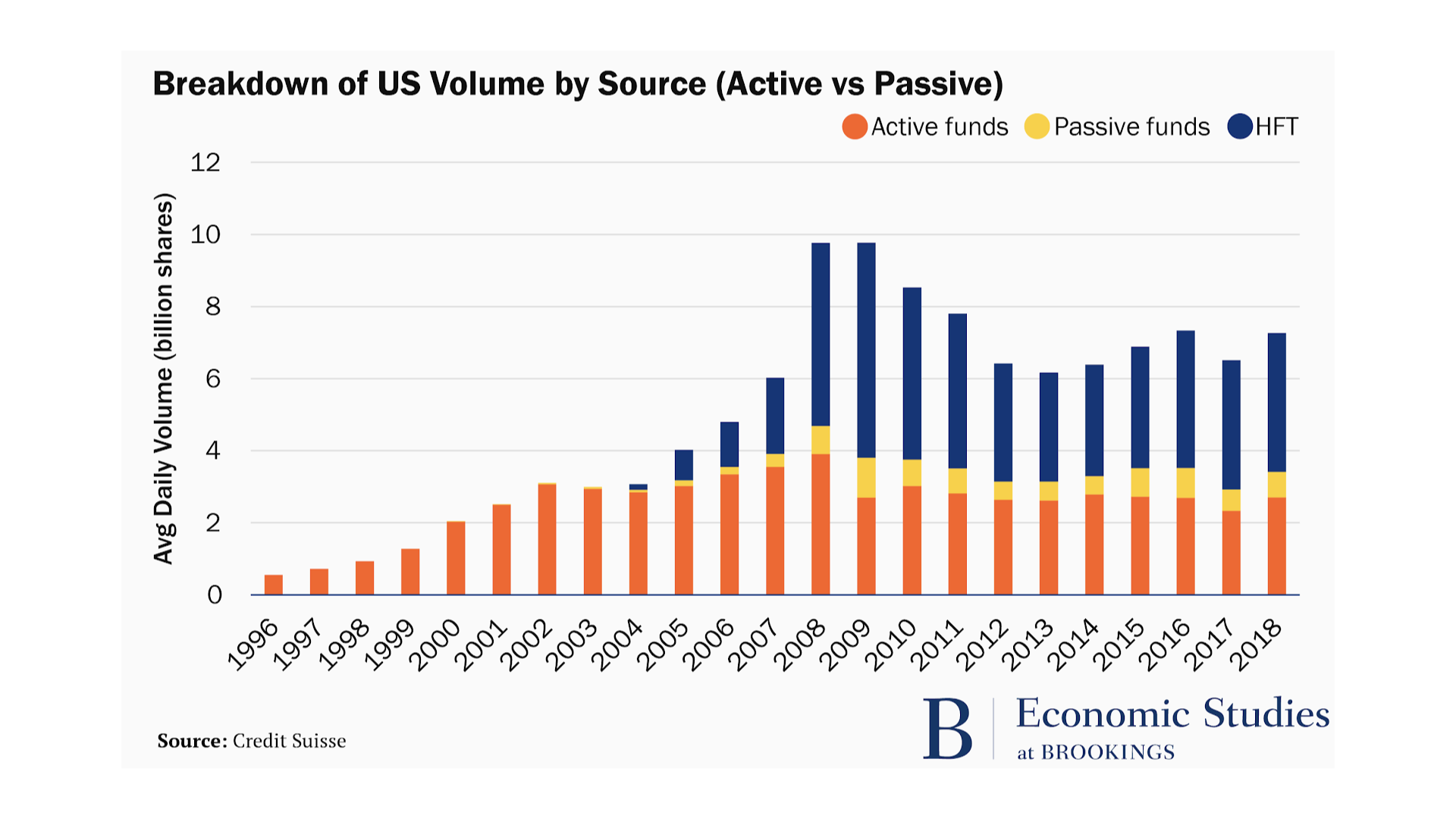
Now that we have covered some of the applications that uses AI, we will talk about what’s next for AI in our next blog.
This is the second post of the series of blogs that will take you on a journey of Artificial Intelligence. In this post, we have listed a few of the applications of AI that has a brought a revolution in their respective domains.
Read more from our AI series blog posts here.
2) AI – Applications

